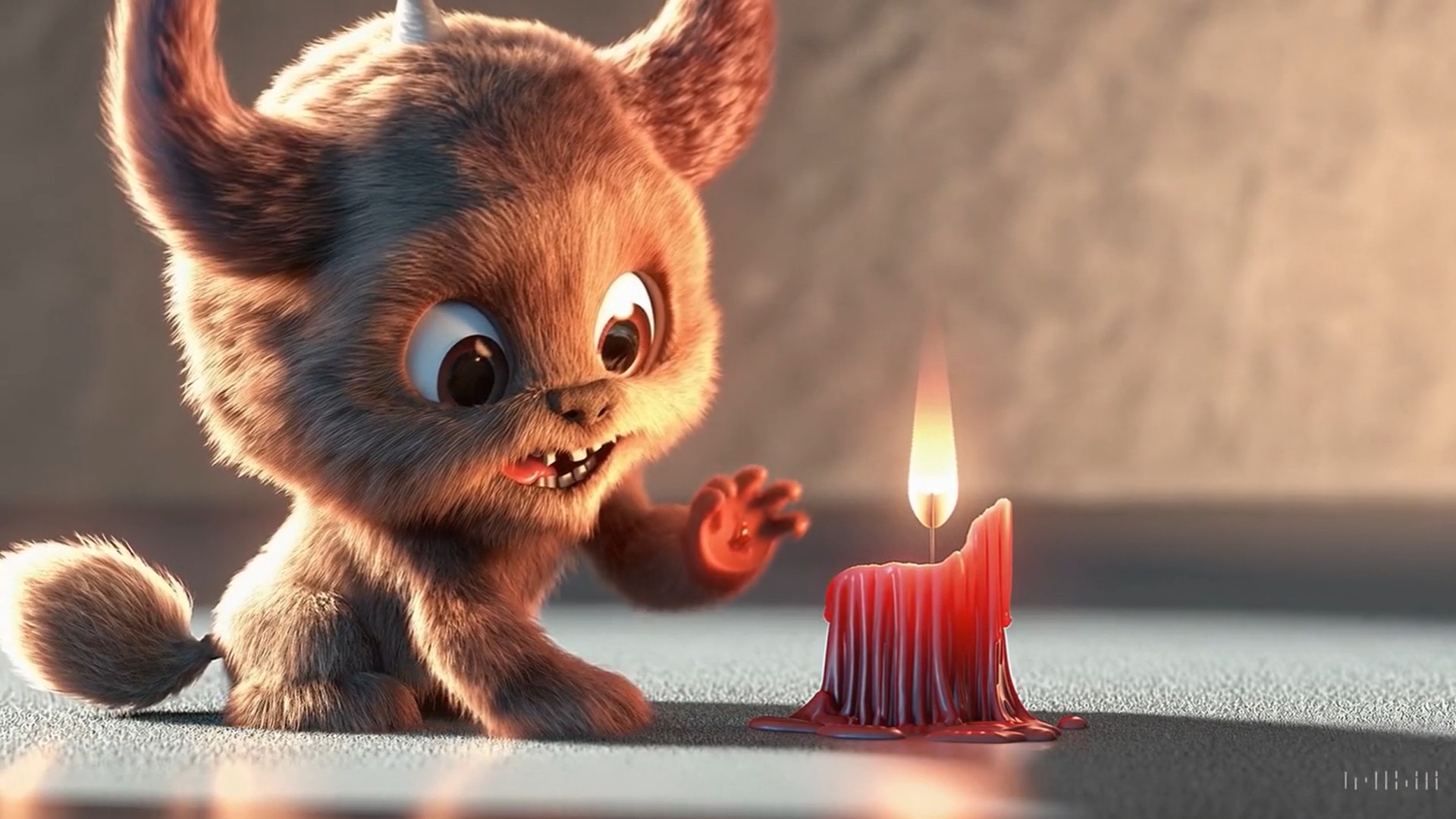Meet ChatGPT's sister, Sora: A text-to-video AI that turns you into Spielberg with a sentence
Your very own chatbot cinematographer

While companies like Microsoft, Apple, and Google strive to turn today's AI into the the digital assistants of tomorrow, other companies have embraced the generative capabilities of AI to create tools that allow users of all skill levels to unique works of art in seconds.
From Midjourney's image creation to Meta's MusicGen audio jams, there's an AI out there that can create just about anything on your behalf. The latest of which to cause a stir is Sora, an generative AI from ChatGPT and Dall.E 3 creators OpenAI that creates high-quality, realistic videos from text prompts with results so good, you'd have to see them to believe them.
Sora: A text-to-video AI from ChatGPT makers OpenAI
As you can see in the above video, Sora's generative capabilities are on another level from most text-to-video software. The AI is able to generate realistic videos up to 60 seconds in length, though this can be expanded by asking Sora to generate a sequence of clips at once.
This means Sora is capable of a consistency across its generated clips that other software lacks. Making it fairly plausible that future versions could be used to create a series of cohesive clips that are able to translate much more detailed prompts and flesh out larger video projects — all while maintaining accuracy and a persistent visual style with matching characters throughout.
Sora works in much the same way as many LLMs (Large Language Models), users feed the AI a string of text (known as a prompt) and the software uses its deep understanding of language to attempt to recreate video results as closely as possible to the desired outcome.
In its present form, Sora is impressive but by no means perfect. The AI model struggles with complex interactions and simulating accurate physics in its results. Something OpenAI itself is quick to point out. The company even showcase these issues on its website, revealing videos of Sora outputs that show people moving in the wrong direction on treadmills, accidental character duplication, and an inability to accurately predict the rigidity or properties of physical objects.
That said, Sora is still one of the most advanced and impressive models of its kind, producing visually compelling results that can't be argued with.
Stay in the know with Laptop Mag
Get our in-depth reviews, helpful tips, great deals, and the biggest news stories delivered to your inbox.
Sora: Who can use it?
Sora is currently only available to a select group of artist and "red-team" hackers in order to test the AI's strengths and weaknesses while ensuring it can't be misappropriated by bad faith actors.
This testing phase is likely to continue for a while as growing concerns over deep-faked videos will no doubt add a layer of pressure onto its creators to ensure the tool is safe and well-fenced in order to deny any potential misuse.
While OpenAI hasn't made any direct promises of a public release, full user access to the tool has been heavily implied. However, the company hasn't, as of yet, given any specific date as to when the tool will become widely available to use.
More from Laptop Mag
- What is AI? LLMs, GPTs, and chatbots explained
- ChatGPT remembers you and I'm not sure that's a good thing
- New ChatGPT store lets you create anything, except a girlfriend

Rael Hornby, potentially influenced by far too many LucasArts titles at an early age, once thought he’d grow up to be a mighty pirate. However, after several interventions with close friends and family members, you’re now much more likely to see his name attached to the bylines of tech articles. While not maintaining a double life as an aspiring writer by day and indie game dev by night, you’ll find him sat in a corner somewhere muttering to himself about microtransactions or hunting down promising indie games on Twitter.










